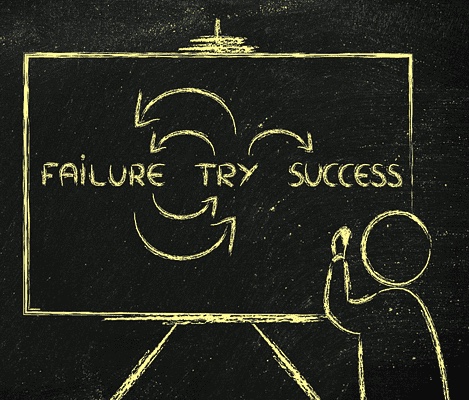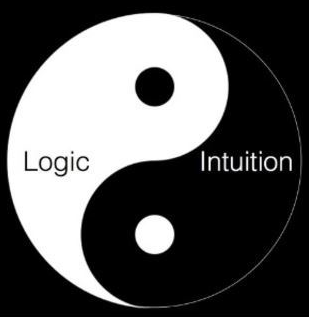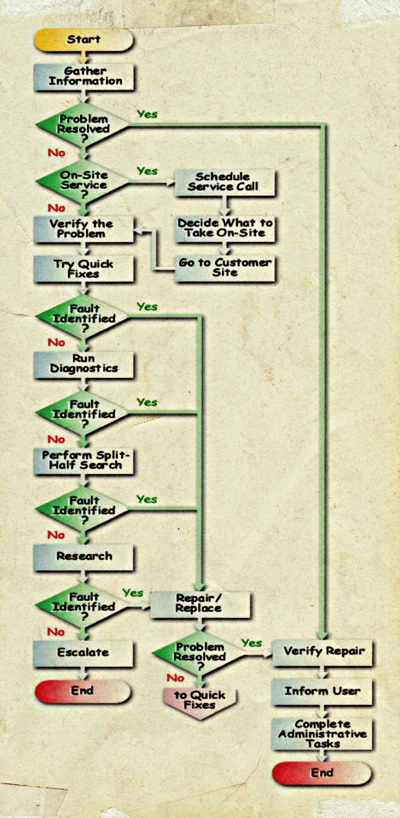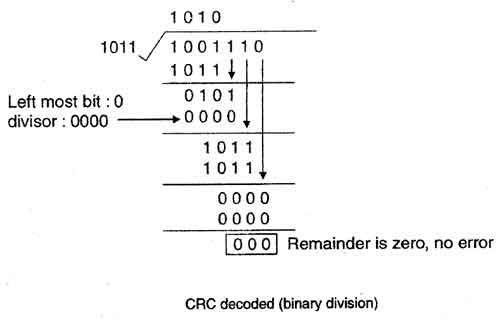
Episode 592
June 6, 2020
“That which does not kill us, makes us stronger.” – Friedrich Nietzsche
My life is riddled with mistakes.
i wouldn’t have it any other way.
It is a truism that every project requires a minimum of 4 trips to the hardware store.
Projects also require a dozen trips to the shop/garage for materials and tools.
Good planning can limit these trips, but i have never seen them eliminated.
After each project, my planning gets better and the number of trips are reduced.
i cannot count the number of procedural mistakes i have made. Projects in which i have taken 3 steps forward and one step back have ultimately ended in completion. That is why a computer has an Undo button.
Without mistakes there can be no forethought.
Forethought and planning are a product of past mistakes.
This is also called “learning.”
In school, when i was tested, i used to welcome the incorrect answers.
These mistakes left an indelible imprint on my long term memory.
The errors were especially welcome in quizzes. When the final exam came around, i knew the answers. This helped keep my GPA high and led to opportunities in advanced education.
One of my careers was as an estimator.
Getting close was the entire goal of estimating.
The smaller the margin of error, the better the estimate.
The margin of error must only guarantee the success of the project or profit.
Mean Absolute Error (MAE) is a method of determining the truth of a measurement or assessment:
- Subtract each measurement from another.
- Find the absolute value of each difference from Step 1.
- Add up all of the values from Step 2.
- Divide Step 3 by the number of measurements.
The result will be an average of error which approaches the truth.
Troubleshooting is a process of failing until you succeed.
As you work your way down the troubleshooting flow chart you proceed from least invasive to more invasive tests.
Each time a test fails you escalate to a more invasive test.
When the test succeeds you can proceed to repair.
Split half analysis is also a process of failure.
Let’s use a computer problem as an example:
- Is the problem in the Operating System or the user account?
- If it is NOT in the Operating System look into the user account
- Is the problem with the Application or the Document?
- If NOT the Application look at the document.
- Is the problem in the document format or the content of the file?
- etc… until the problem is isolated.
“…when you have eliminated the impossible, whatever remains, however improbable, must be the truth”
— Sherlock Holmes, “The Sign of the Four” by Arthur Conan Doyle.
Data can become corrupted during transmission or processing. A way of mitigating these errors is Cyclic Redundancy Check (CRC). The data in the source is compared to the data at the destination. If they are different then the operation can be instructed to repeat. If they are the same, then you are good to go.
Quantum computers are by nature error prone.
For reasons too complex for this bLog, for every logical quantum bit (qubit) thousands of bits storing errors are required.
This problem has held back the ability to build large scale quantum computers.
Computer scientists/physicists in Australia have come up with a code to store these errors in an efficient and measurable manner. In this way the logical qubits can do their job. The errors have not been eliminated, simply managed more efficiently.
The pain of mistakes in our lives is an inevitability. It will always be present.
Denying this reality can only bring suffering.
The trick is to acknowledge the errors and use them for future growth.
In life, pain is inevitable… suffering is optional.
Mistakes are like road signs that conflict with dead reckoning of the path you are on.
While errors may seem like setbacks when they occur,
errors inform and assure the arrival to your ultimate destination.














No mistake reading this Article. Good Job!